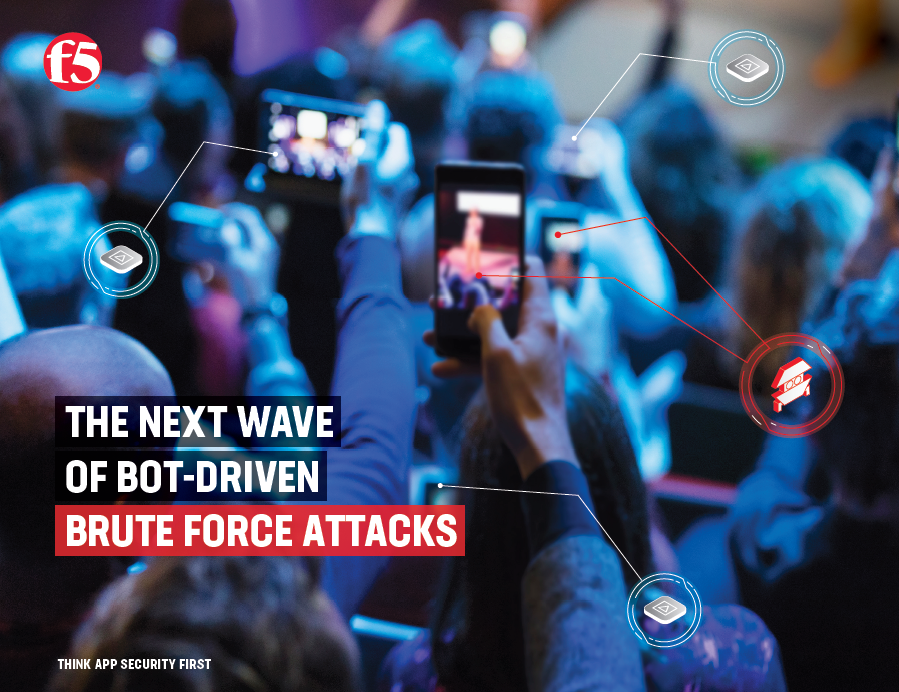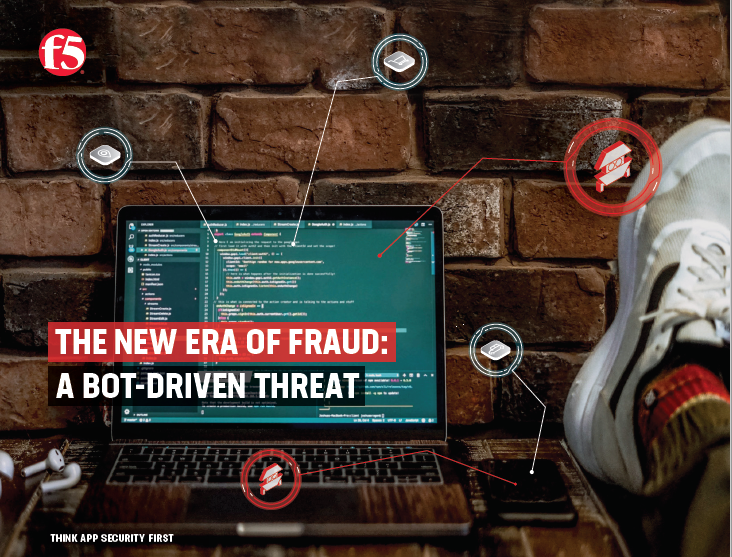Bots presenting a substantial risk to banks and retailers
A report revealed the last 90 days have seen a 35 per cent increase in such attacks


Banks and online retailers are being increasingly targeted by bots, a report by ThreatMetrix has revealed.
Research carried out for its Q1 Cybercrime Report showed 35 per cent more attacks occurred over the last 90 days than in previous periods, although 311 million of these were stopped.
ThreatMetrix said it is increasingly finding hackers are using "low and slow attacks" to target banks and online retailers, which have the potential to evade detection because they look like genuine users, rather than fraudsters.
One of the reasons criminals are deciding to use this approach is because so much hacked personal information is available for them to buy from the dark web. This data can then be used to attack institutions as if they were real people.
"Consumer data is everywhere. Fraudsters can create pitch-perfect attacks because they know so much about us," Vanita Pandey, vice president of strategy and product marketing at ThreatMetrix, said.
The attacks are harder to detect because they are not always picked up by traditional control measures, meaning the usual ways of finding and reacting to threats aren't working anymore, Pandey added.
"The challenge for digital businesses today is that cybercriminals are becoming so sophisticated at building convincing identities using a jigsaw of stolen credential pieces, it is becoming harder than ever to distinguish them from legitimate customers," continued Pandey.
Get the ITPro daily newsletter
Sign up today and you will receive a free copy of our Future Focus 2025 report - the leading guidance on AI, cybersecurity and other IT challenges as per 700+ senior executives
"It is only by looking holistically at the context of the transaction, along with all the information we know about the user, that organisations have the power to stop fraudsters in their tracks."
She said businesses must become smarter at detecting every type of attack, including automated identity testing sessions and those that seemingly hijack individual accounts.
"This starts with really understanding the digital identities of consumers so that high-risk behaviour can be detected in real-time," she explained.
Another way businesses can help to quash the threat is by developing tools that can work out the difference between a human and a bot before the risk becomes a problem.

Clare is the founder of Blue Cactus Digital, a digital marketing company that helps ethical and sustainability-focused businesses grow their customer base.
Prior to becoming a marketer, Clare was a journalist, working at a range of mobile device-focused outlets including Know Your Mobile before moving into freelance life.
As a freelance writer, she drew on her expertise in mobility to write features and guides for ITPro, as well as regularly writing news stories on a wide range of topics.
-
 Should AI PCs be part of your next hardware refresh?
Should AI PCs be part of your next hardware refresh?AI PCs are fast becoming a business staple and a surefire way to future-proof your business
By Bobby Hellard Published
-
 Westcon-Comstor and Vectra AI launch brace of new channel initiatives
Westcon-Comstor and Vectra AI launch brace of new channel initiativesNews Westcon-Comstor and Vectra AI have announced the launch of two new channel growth initiatives focused on the managed security service provider (MSSP) space and AWS Marketplace.
By Daniel Todd Published
-
 Security experts issue warning over the rise of 'gray bot' AI web scrapers
Security experts issue warning over the rise of 'gray bot' AI web scrapersNews While not malicious, the bots can overwhelm web applications in a way similar to bad actors
By Jane McCallion Published
-
 How applications are attacked
How applications are attackedwhitepaper A year in application security
By ITPro Published
-
 The next wave of bot-driven brute force attacks
The next wave of bot-driven brute force attacksWhitepaper A guide to stopping credential theft
By ITPro Published
-
 The new era of fraud: a bot-driven threat
The new era of fraud: a bot-driven threatSponsored Protecting the capabilities that drive your business means protecting the apps that make them happen
By ITPro Published
-
 Three ways to prevent bot fraud
Three ways to prevent bot fraudIn-depth We take a look at the best ways of bolstering the security posture of your applications
By Zach Cooper Published
-
 Deutsche Telekom routers hit by cyber attack
Deutsche Telekom routers hit by cyber attackNews Up to 900,000 Deutsche Telekom customers affected by hack on the German communications company
By Ingrid Fadelli Published